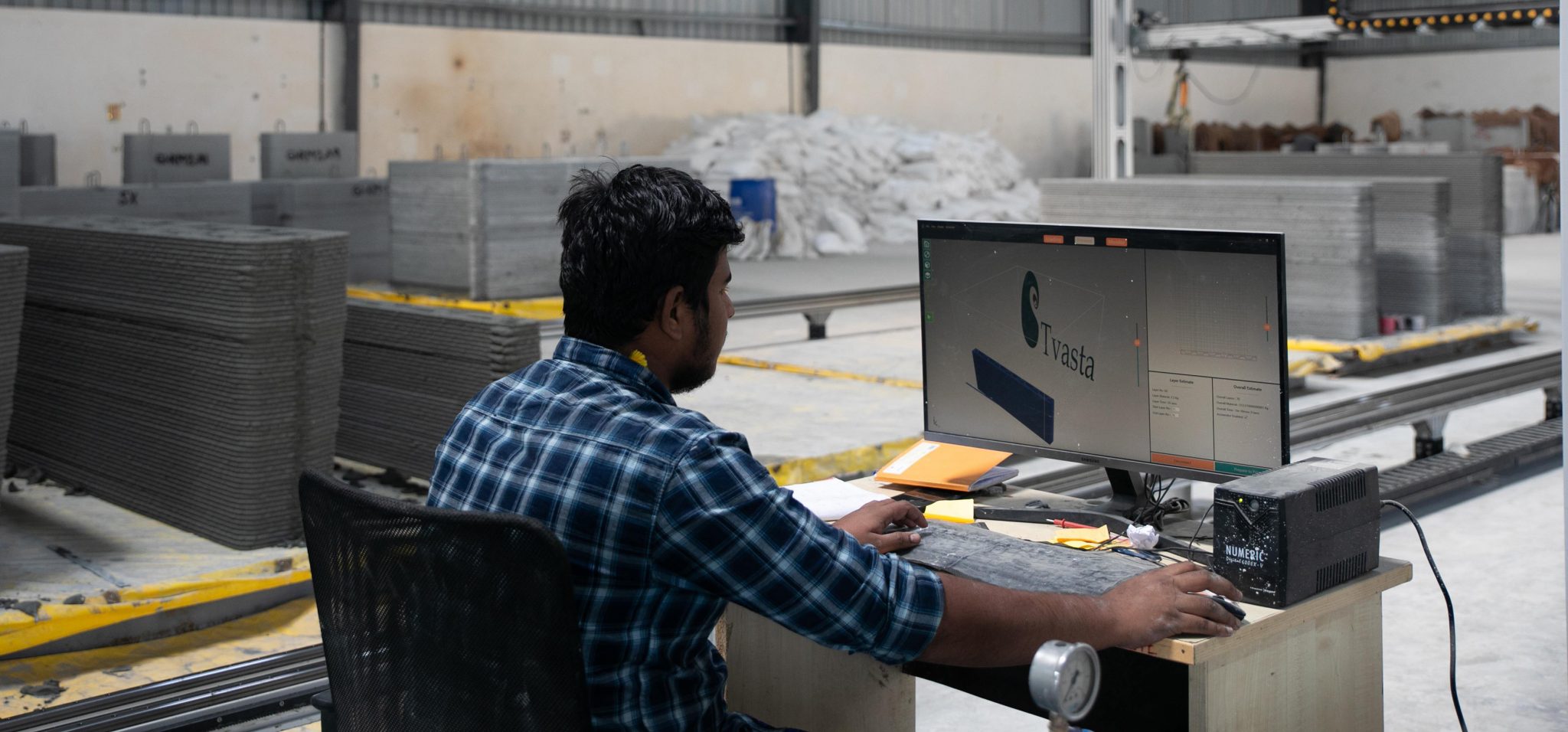The lead up to COP26 brought renewed energy from private sector and government leaders signing on to achieve net zero in the built environment. With the conference behind us, how does our sector maintain that momentum in the shadow of the recently released Intergovernmental Panel on Climate Change (IPCC) report, which offers a stark reminder of both the accelerating effects of climate change on low-income communities, and the critical action needed to transition to carbon-neutrality?
For more context please see E4C’s Webinar, Engineering a Circular Economy in the Built Environment
Emissions for building materials remain the biggest issue in the built environment as they contain the greatest carbon footprint. Big gains can be made toward achieving net zero if we focus on rethinking the materials we build with, and the designs we use, in an inclusive, resilient way. Projections indicate that 75 percent of the infrastructure that will be required by 2050 – including housing – does not yet exist, and much of it will be in emerging markets. This includes meeting the needs of 1.6 billion people who lack adequate shelter. The building sector creates 25 percent of all CO2 emissions. Acting on every chance to create green, sustainable, and circular economies in the built environment will be the only successful way to achieve global climate targets as we build for our collective future.
Consider the scale of carbon emissions that would be produced if we continue to build the 1.6 billion houses needed to address today’s global housing deficit with current building practices. And with a global housing deficit projected to rise to 3 billion by 2030, there is a tremendous opportunity to future-proof housing against a warming planet and make it more sustainable in the process.
Acting on every chance to create circular economies in the built environment will be the only successful way to achieve global climate targets.
Much of the housing in emerging markets is built in stages over time by local masons. This stands in contrast to high-income countries where homes are typically built by developers then sold to buyers with 30-year mortgages. The mechanisms to making incremental construction green or sustainable need to take into consideration the unique experiences of families and the private sector in emerging markets.
At Habitat for Humanity’s Terwilliger Center for Innovation in Shelter, we have seen needed innovations taking hold on a small scale, including transitions to greener building in India, Philippines, Kenya and Mexico. Circular solutions in these markets have been the focus of our recent research with with Engineering for Change. But what will help small-scale innovations reach greater scale?

The engineer Dharanikumar Moorthi works with Slicer Software at TVASTA Manufacturing Unit in Ahmedabad. Photo: Selvaprakash Lakshmanan/Habitat for Humanity International
There are a couple of key takeaways from our research to keep in mind as we shift the focus to a sustainable, circular built environment.
Availability of low-carbon building materials matters even more in the Global South. Because the formal housing market cannot keep pace with demand of housing supply, approximately 70 percent of homes in these markets are built incrementally. Housing is not so much a purchase, but a process in which low-income families engage local sources of construction goods and services as their finances allow. The focus must be on new building or extensions and renovations of the existing stock. In this owner-driven framework, families themselves need consistent, affordable access to sustainable, low-carbon building materials. Practices and designs as incentives or certifications targeted toward developer-led construction do not apply.
Green innovations may not be ubiquitous yet, but numerous examples are in development throughout the world that require support to truly get to scale. Several Kenyan companies are integrating sand-based recycled plastic into tiles or pavers. And in India, Tvasta substantially reduces material waste and resource depletion through 3D printing for infrastructure. Global company Holcim’s joint venture 14Trees is similarly deploying 3D printing technology to build affordable and low-carbon housing and schools in Africa. With faster construction speed and optimized material use, Holcim estimates that this technology reduces the carbon footprint for building new homes by up to 70 percent. Holcim has also launched a global range of green cement that have at least 30 percent lower carbon footprints, with no changes in performance. This is a significant advance given that traditional cement manufacturing produces 8 percent of all global CO2 emissions.
In Indonesia, Sampagnan’s technologies convert solid waste to active carbon and other useful outputs, which are then used to produce sustainable building materials. While pilot projects continue to proliferate, it is necessary that innovations are taken to scale quickly in low- and middle-income countries, made readily accessible, and supported by policies and incentives that encourage the use of green materials and processes among incremental builders.
Circularity in the building sector is sustainability. In the global south, it is the key to building for climate resiliency.
To say it is only on the innovations to scale is unfair. To support these innovations, we need to green the regulatory frameworks. Regulation often lags innovation, but the regulatory bodies can enable a green built environment so that innovators can respond to the call to decarbonize the sector. Onerous standards or processes dissuade innovation. Government regulation and support will be a key lever in pushing forward with change. Both current and future building in the global south need regulatory frameworks that set a recognized standard for innovative materials such as products that involve agricultural waste and recycled plastics and support the inclusion of such materials in standards and building codes. As an example, the Kenyan government is deliberating a new set of building codes to pass into law. Under the existing code anything deemed ‘alternative’ is potentially outside of the scope, so sustainable innovations technically fall outside of the current regulation.
Circularity in the building sector is sustainability. In the global south, it is the key to achieving lasting effectiveness of interventions and to building for climate resiliency. There are immense opportunities presented by redirecting global focus from only northern conversations to include much more of a focus on emerging economies.
About the Author
Jennifer Oomen is the Global Director, Applied Innovation at Habitat for Humanity’s Terwilliger Center for Innovation in Shelter. Jennifer has 15 years’ experience applying market systems, human centered design and systems thinking throughout Asia-Pacific, Europe and the US. Jennifer sits on the Southeast Asia Steering Committee of the Aspen Network for Development Entrepreneurs (ANDE) network and iBuild Home Loans South Africa board. Jennifer has a master’s degree in Urbanisation and Development from London School of Economics and Political Science. She currently lives in the Netherlands.

